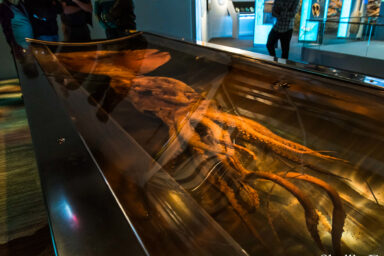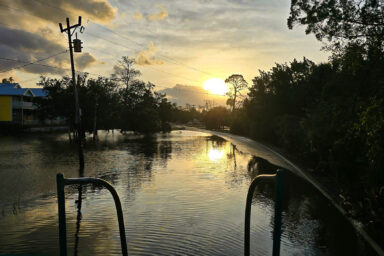COVID-19 Cases Spike in US Children, Top 1 Million ; When Warrants Become Poison ; and More Picks 11/18
‘Staggering and Tragic’: COVID-19 Cases Spike in US Children, Top 1 Million (Dana)
The author writes, “As COVID-19 cases skyrocket throughout the country, cases are also spiking in infants, children, and adolescents, and the group is now sharing more of the disease burden than ever recorded. Cases in the young jumped 22 percent in the two weeks between October 29 and November 12, according to a new report from the American Academy of Pediatrics. The week ending on November 12 saw the largest one-week spike recorded in the pandemic, with 112,000 new cases.”
Google Jigsaw Demonstrates Link Between Search Engines and Conspiracy Theories (Russ)
From MediaPost: “How should tech firms combat conspiracy theories and remove dangerously misleading content? It has proven to be a daunting challenge during the 2020 election. A team of researchers at Google’s Jigsaw worked last year with ethnographers at the consulting company ReD to take on that question after a conspiracy theory known as #Pizzagate went viral in 2016 on conservative websites. The theory claimed that then-Democratic presidential candidate Hillary Clinton was involved in a human trafficking ring run from a Washington pizza restaurant. … Jigsaw and ReD decided to explore another approach — face-to-face qualitative research that explored the attitudes of 42 conspiracy theorists in the UK and U.S. in relation to ideas that ranged from the seemingly benign, such as the belief that the earth is flat, to more dangerous ideas involving information about pandemics.”
When Warrants Become Poison (Reader Steve)
From the Nevada Independent: “The simplest definition of a warrant is that it’s a piece of paper signed by a judge that provides official permission to do something that is otherwise illegal and unconstitutional. Warrants should be rare, but they are not. They should be highly scrutinized, but they aren’t. They should be tracked, identified and studied, but instead they are obfuscated, protected and exploited. If there could be a focus on one aspect of reform of our modern day ‘criminal justice’ system with the criteria being the one that had the most immediate and far-reaching impact on the abuses of law enforcement — it would be any aspect of the warrant system in America.”
How Abiy Ahmed, Nobel Prize Laureate, Lost Control of Ethiopia’s Peace (Dana)
The author writes, “Some might say that Abiy Ahmed’s plan for a peaceful democratic transition of power in Ethiopia was doomed from the start. He was, after all, a member of the very same autocratic ruling system that he had pledged to disrupt when he was appointed Prime Minister in 2018. That didn’t stop the Nobel committee from awarding him its highest honor in 2019 for his efforts to end long-standing hostilities with next door Eritrea and for promoting peace in the region. But a peace prize doesn’t necessarily guarantee peace.”
Uncovering the Hidden Life of ‘Dead’ Coral Reefs (Mili)
The author writes, “‘Dead’ coral rubble can support more animals than live coral, according to University of Queensland researchers trialling a high-tech sampling method. UQ’s Dr. Kenny Wolfe said that reef rubble habitat was often overlooked as desolate, unattractive and ‘dead,’ however reef rubble was very much alive. … ‘Dead coral rubble supports more of what we call “cryptic” animals than live coral. Cryptic animals are simply hidden creatures, that include tiny crabs, fishes, snails and worms – all of which hide in the nooks and crannies of the reef to avoid predation.’”
Training Facial Recognition on Some New Furry Friends: Bears (Peg)
The author writes, “Ed Miller and Mary Nguyen are Silicon Valley software developers by day, but moonlight at solving an unusually fuzzy problem. A few years ago the pair became mesmerized, like many of us, by an Alaskan webcam broadcasting brown bears from Katmai National Park. They also happened to be seeking a project to hone their machine learning expertise. ‘We thought, machine learning is really great at identifying people, what could it do for bears?’ Mr. Miller said. Could artificial intelligence used for face recognition be harnessed to discern one bear face from another?”



